Search Images
Browse Content (p. 762)
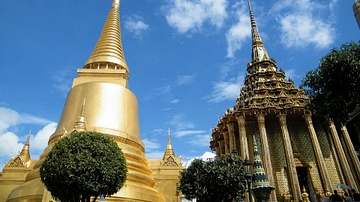
Image
Phra Siratana Chedi
On the grounds of Wat Phra Kaew (Bangkok) and a one-minute walk from the Temple of the Emerald Buddha is a golden stupa called Phra Siratana Chedi, erected by King Rama IV in 1855 CE to house Buddha relics. It is a bell shape on a circular...
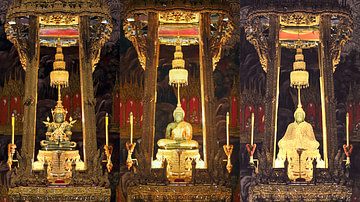
Image
The Emerald Buddha in Seasonal Costumes
The Emerald Buddha adorned with three seasons regalia. From left to right: Summer, Rainy, Winter. The Emerald Buddha is located in Wat Phra Kaew in Bangkok, Thailand and was built in 1784 CE.
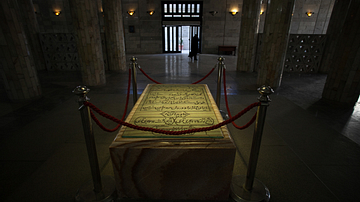
Image
Ferdowsi's Tomb
Tomb of Persian poet Ferdowsi (l. c. 940-1020 CE) in Iran.
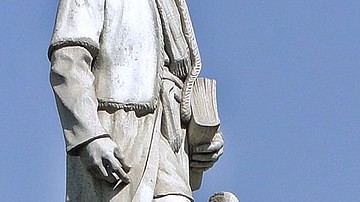
Image
Ferdowsi
Statue of Persian poet Ferdowsi (l. c. 940-1020 CE) in Tehran.
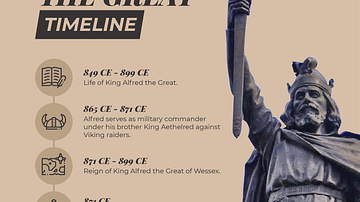
Image
Alfred the Great Timeline
A timeline of events in the life of Alfred the Great (r. 871-899 CE), king of Wessex in Britain. (Alfred statue at Winchester by Odejea)
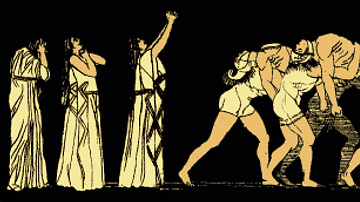
Image
Eteocles & Polynices
Eteocles and Polynices being carried away, dead, after the Battle of Thebes.
Stories from the Greek Tragedians by the Rev. Alfred J. Church, M.A. (1829-1912 CE)
Project Gutenberg eText 14994
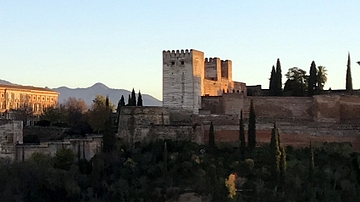
Image
Alhambra Palace
The Alhambra Palace. Granada, Spain. 9th-13th century CE.
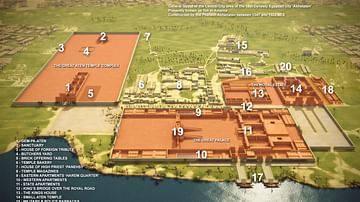
Image
Map of Amarna, Egypt
Map showing the general layout of the central city area of the 18th Dynasty Egyptian city "Akhetaten", presently known as Tell el-Amarna, constructed by the Pharaoh Akhenaten between 1347 and 1332 BCE. Copyright, republished with permission...
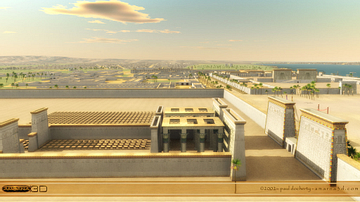
Image
Amarna Reconstruction
Digital reconstruction of what the ancient Egyptian city of Amarna could have looked like. The 18th Dynasty Egyptian city "Akhetaten", presently known as Tell el-Amarna, was constructed by the Pharaoh Akhenaten between 1347 and 1332 BCE...
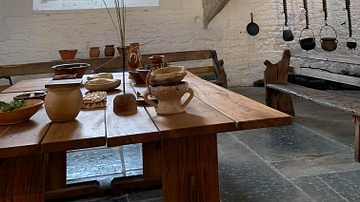
Image
The Abbot's Kitchen Interior - Glastonbury Abbey
The Abbot's Kitchen at Glastonbury Abbey is known for its four large fireplaces. The building dates from the 14th century CE and is also known as "one of the best-preserved medieval kitchens in Europe".